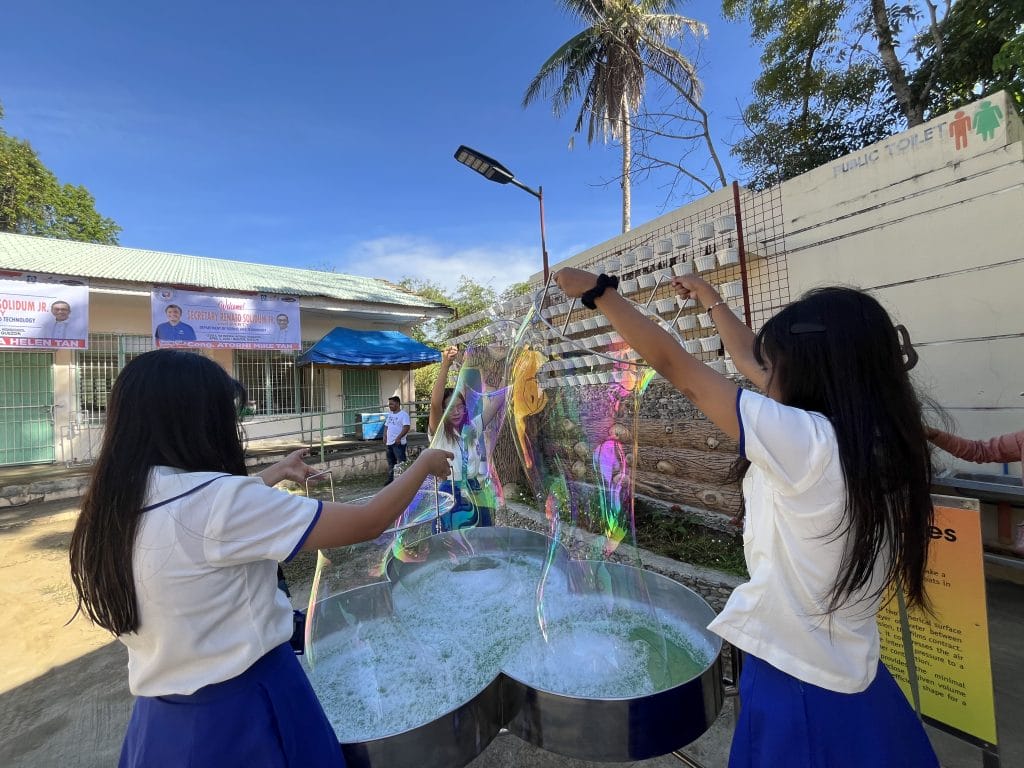Located in the eastern part of the Quezon provinces, Alabat island sits peacefully with its idyllic beaches and green landscapes.
The island has been in a continuous transformation in trade, culture, and education. Today, it is a home for several processing facilities for Cassava chips, virgin coconut oil, sili, macapuno, and more.
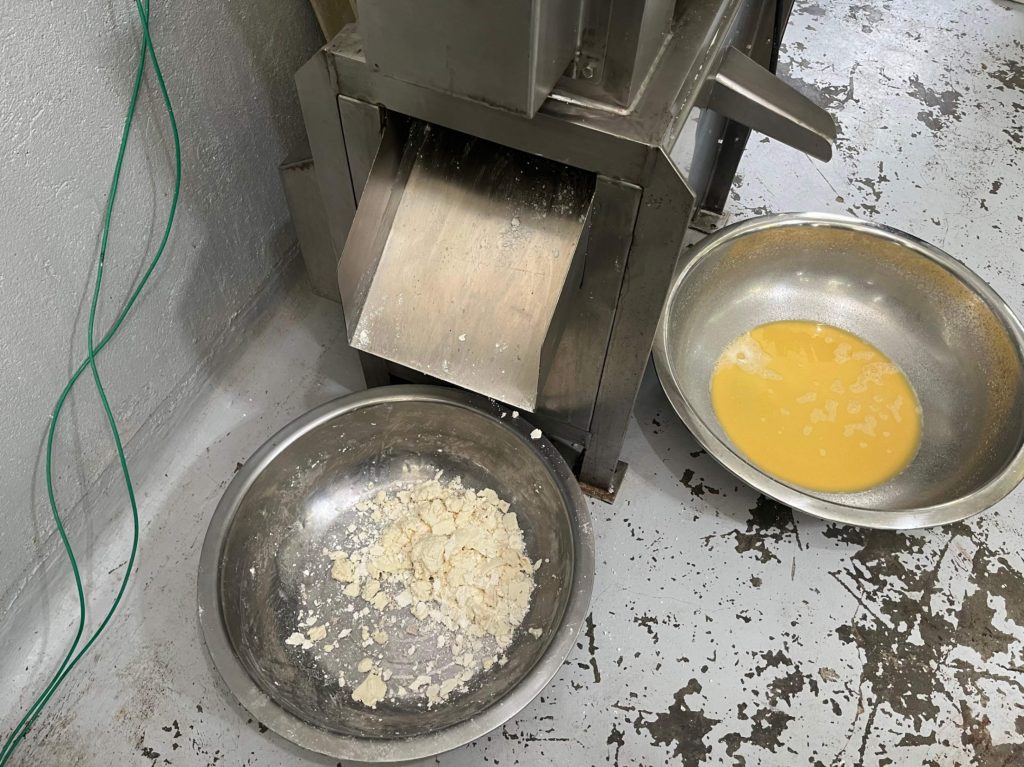
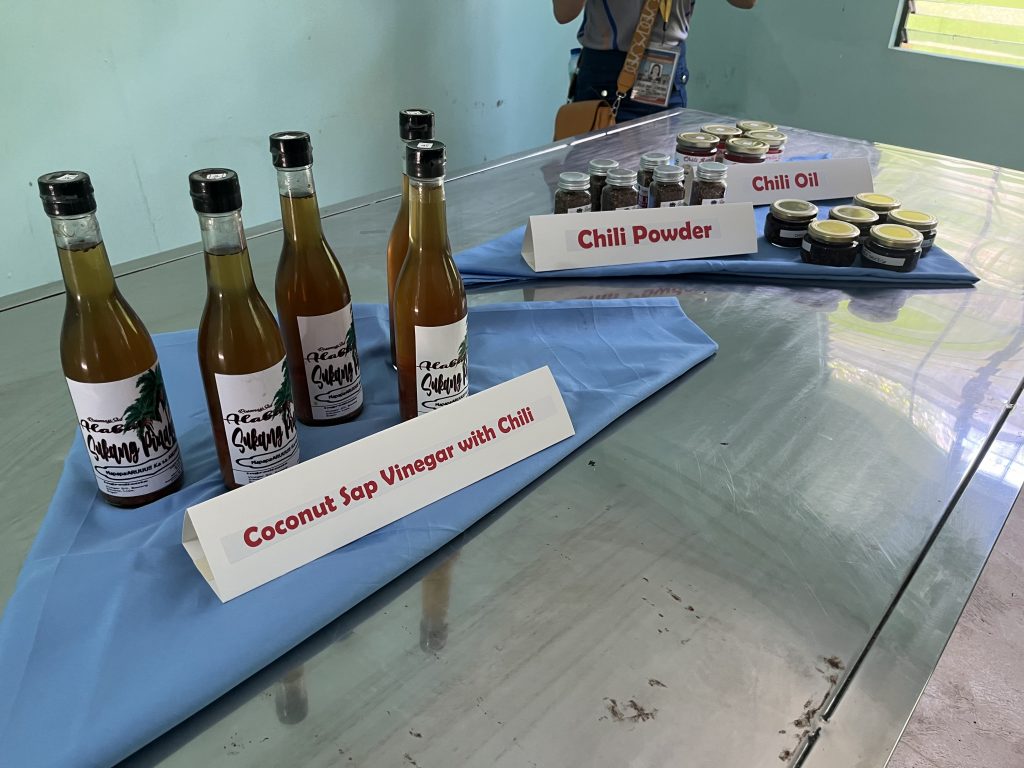

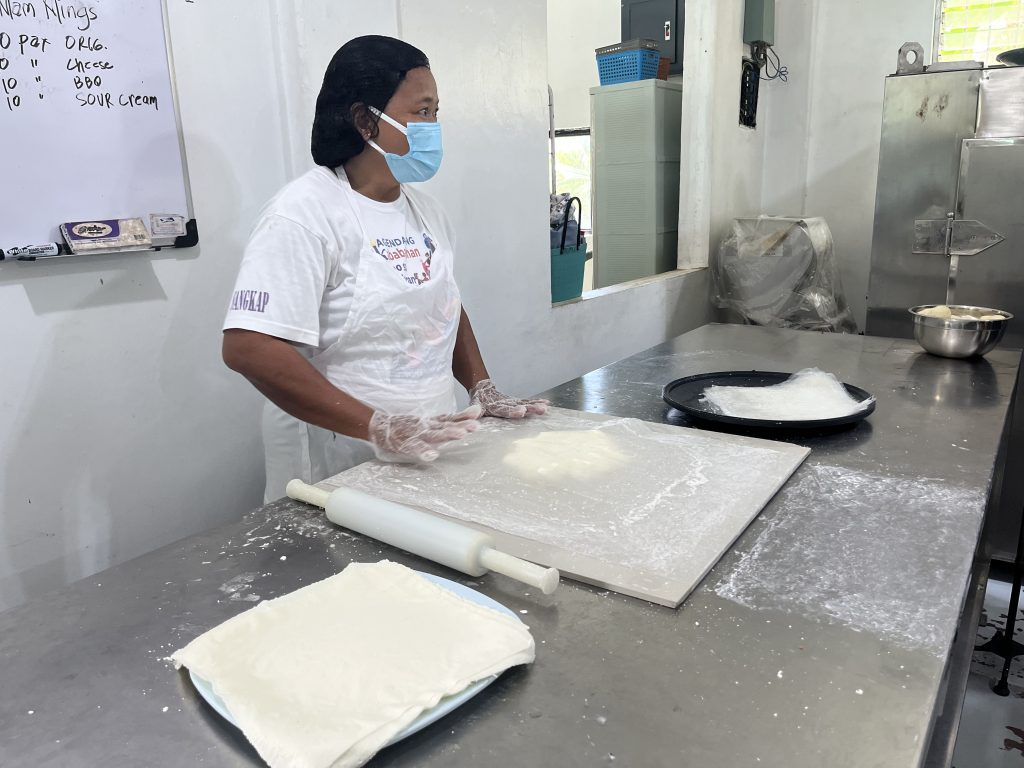
As the people of Alabat become more adept with technology and innovation, they welcome another venture that focuses on the local youth’s exposure to science.
The Department of Science and Technology (DOST), in partnership with its regional office in Calabarzon, built a mini science centrum on the grounds of Cesar C. Tan Memorial National High School.
Last April 5, DOST Secretary Renato Solidum Jr. led the inauguration of the museum and joined the tour with the highschool students.
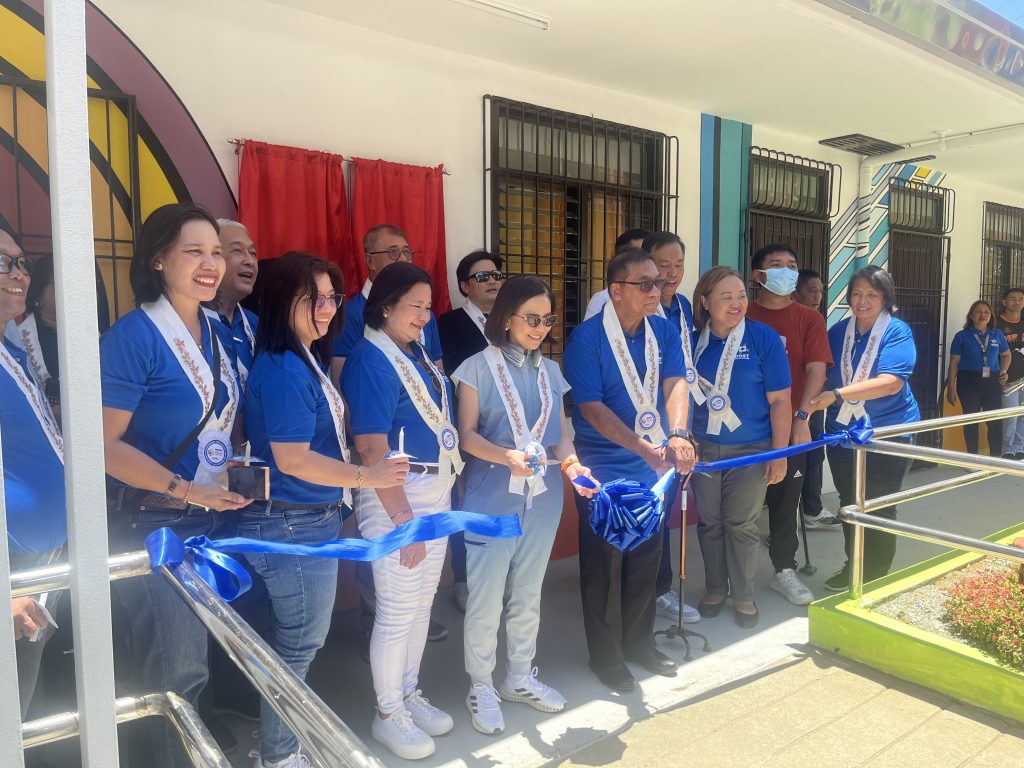
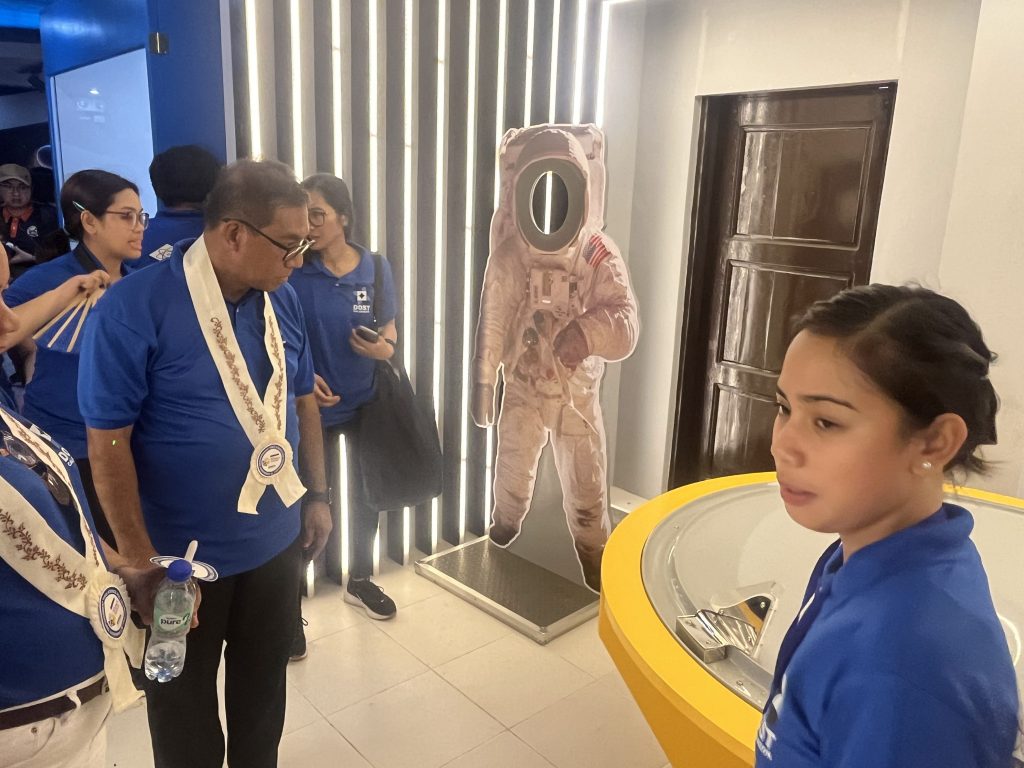
“This signifies an opportunity for better learning as they will be exposed to the foundations of science that would explain the ordinary things that they see,” Solidum told PhilSTAR Tech.
Solidum believes that the interest of people in science is related to the opportunities they have to understand science. He said that opportunities like these, referring to the mini science centrum, will help increase young Filipinos’ accurate understanding and appreciation for science.
With this, the department wanted to bring science to remote areas and provinces to reach more young Filipinos and enhance their education in science.
The DOST had also opened a science centrum in Polillo island in September last year, making it the first island in the Calabarzon region with the first working science museum.
“We have to get the interest of the young ones, but then as they get older, we need now to show how science is applied to address their common issues at the community or at the scale of the global community,” the DOST chief said.
Developing an appreciative learning
Science education in the Philippines has been in a tough position for a long time.
Filipino students lagged behind neighboring countries like Indonesia and Singapore, sitting among students from countries with the lowest proficiency in reading, math and science as reported by the 2022 Program for International Student Assessment (PISA) rankings.
In turn, the CAR and Calabarzon officials of DepEd reasoned that the number of the students who took the PISA assessment were from marginalized sectors and distant areas.
Furthermore, in 2023, the K-12 curriculum was revised to include more science and technology subjects to make it relevant to produce job-ready Filipino citizens.
This is just one of the many efforts to bolster science education in the Philippines.
A bill that would establish at least one math school and science school in provinces is currently being pushed in Congress. It is said that this would help the country produce competent scientists, engineers, and mathematicians.
Similarly, for DOST, the establishment of science museums in far-flung provinces will expose young Filipino learners to the practical application of science in their daily lives.
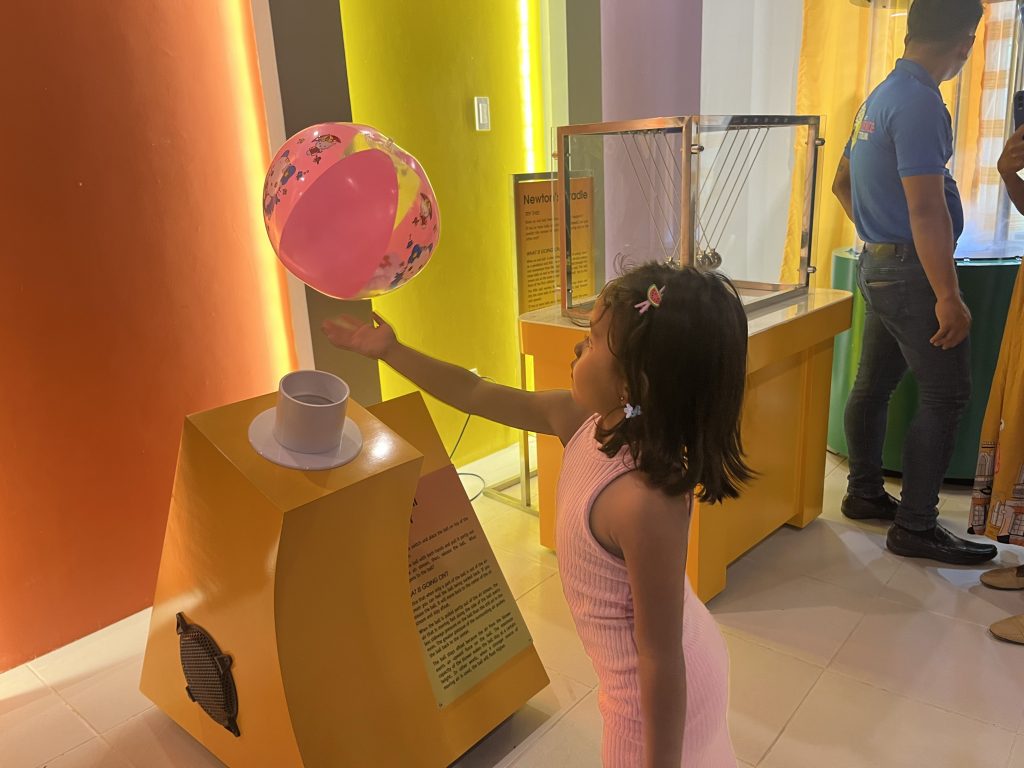
“And I think that would benefit them more. So, understand the process and teach them how science, technology, engineering, and mathematics are applied to address those gaps,” Solidum said.


